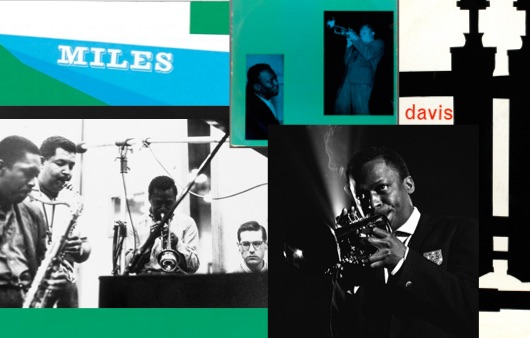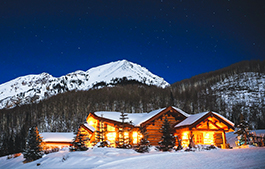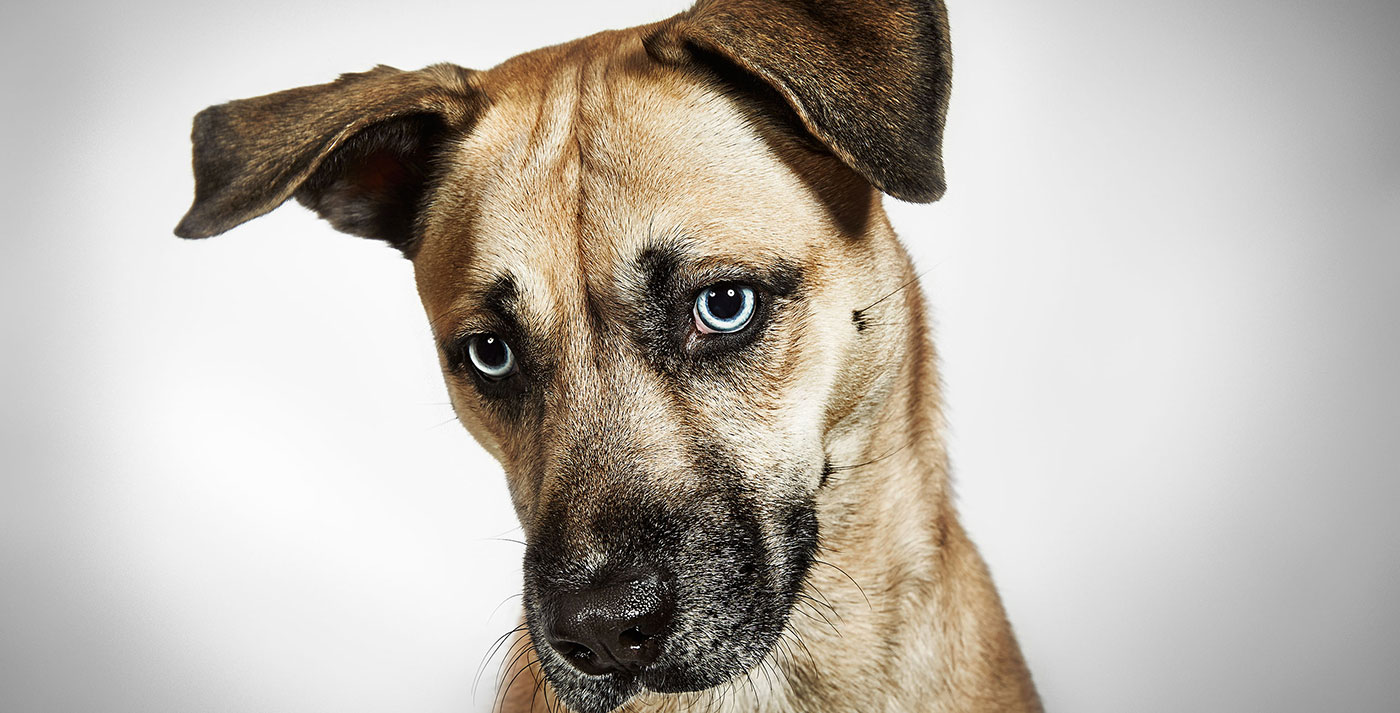
Emotional Rescue
With his captivating portraits, photographer Richard Phibbs gives a sense of dignity to abused and abandoned dogsWith his recent book, Rescue Me, photographer Richard Phibbs trained his eye on some of the most vulnerable creatures on earth: the abandoned and often abused dogs at the Humane Society of New York’s no-kill shelter on East 59th Street. Phibbs has been volunteering his services there for years, photographing all of the animals that come through the organization in the hopes of finding them a home. In that time, he’s found great joy and purpose in the process, restoring dignity to mistreated dogs and learning how to bring the most out of his four-legged subjects. (You might also know Phibbs’ work from his portraits of Oscar-winning actresses, civic leaders, and legendary tennis players—as well as countless Ralph Lauren campaigns.)
In the category of positive news, the coronavirus pandemic has led to an outpouring of support for dogs like these, and there has been a dramatic increase in foster applications at rescue shelters. This in turn has led to a record number of animals finding their forever homes. (Though not without challenges—at the Humane Society of New York, applications are by appointment only, and executive director Sandra DeFeo cautions that, “More than ever, people should be very thoughtful about adopting a dog at this precarious time.”)
This seemed like a fitting moment to remind you of Phibbs’ book, and to share some of his newest photographs from the shelter. We also spoke with him about how he’s faring during the pandemic, his commitment to these canines, and the driving objective behind all his photography.
How are you holding up during all this? Where are you doing your social distancing?
I have been working in Europe so I am quarantining in Camden, in central London. I am worried about all my friends and loved ones in NYC, that’s for sure. Once NYC opens again, I will try to get home. Since I have been stuck in Europe, I haven’t had an opportunity to go to the shelter.
The shelter is obviously rescuing new dogs all the time. Tell us about some of the ones you’ve photographed since we last spoke.
Samantha (below, center) is from northern Brazil and was found on the side of the road after being hit by a car when she was a puppy. Lots of really kind humans got her well and to NYC where she is now doing very well. She is the one that lost a leg. She has wheels now! Huku Chan (below, left) had a very tough start in life, too, being stuck in a basement for many years before she was rescued. And Henry the beagle (below, right) is a great dog who needs a home outside of an intense urban area.
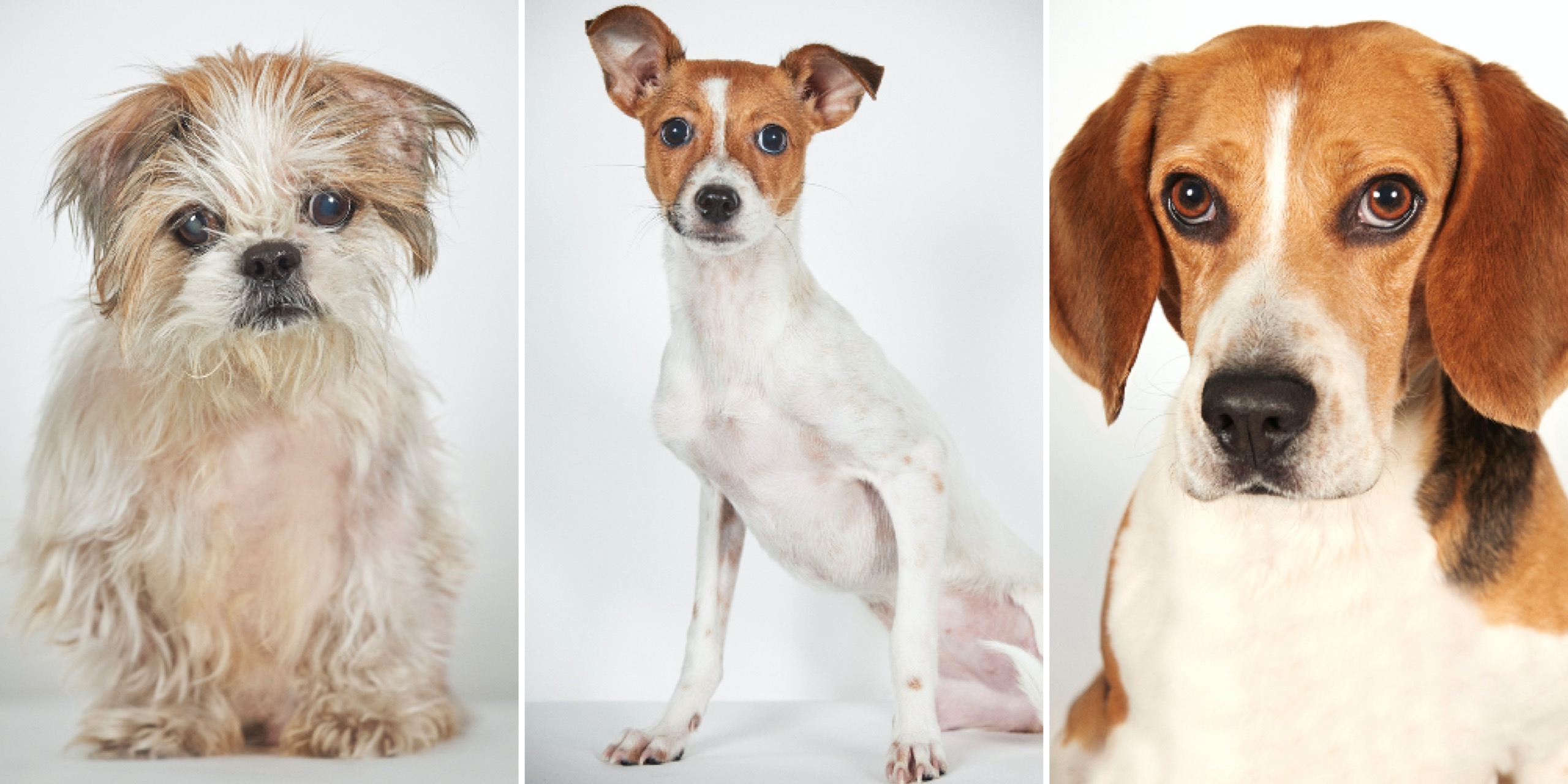
How did you first get involved with the Humane Society of New York, and what made you want to initially take on this project?
I remember I was watching Charles Osgood [on CBS News Sunday Morning], and there was a segment about a woman who was dressing up dogs at the local rescue shelter like a fashion shoot—it increased their adoption rate by a lot. She said if every photographer did this in their town, there would be so much less suffering. I had some connections to the Humane Society of New York—I had donated prints to their silent auctions in the past—so I approached them with the idea, and they said let’s do it.
Have the portraits helped the dogs find homes?
I was really surprised at how successful they’ve been. When we first posted the portraits online, people started writing about them, and the HSNY got a big bump of traffic to their site from these different blogs. These pictures were taken solely to find these animals a “forever” home, and they’ve been successful in that regard.
Some of the animals are injured or disfigured, and yet there is never an attempt to conceal these imperfections. What are some things you think about when choosing how to present them?
My ultimate goal is to give them dignity, the dignity that they deserve. Simple as that.
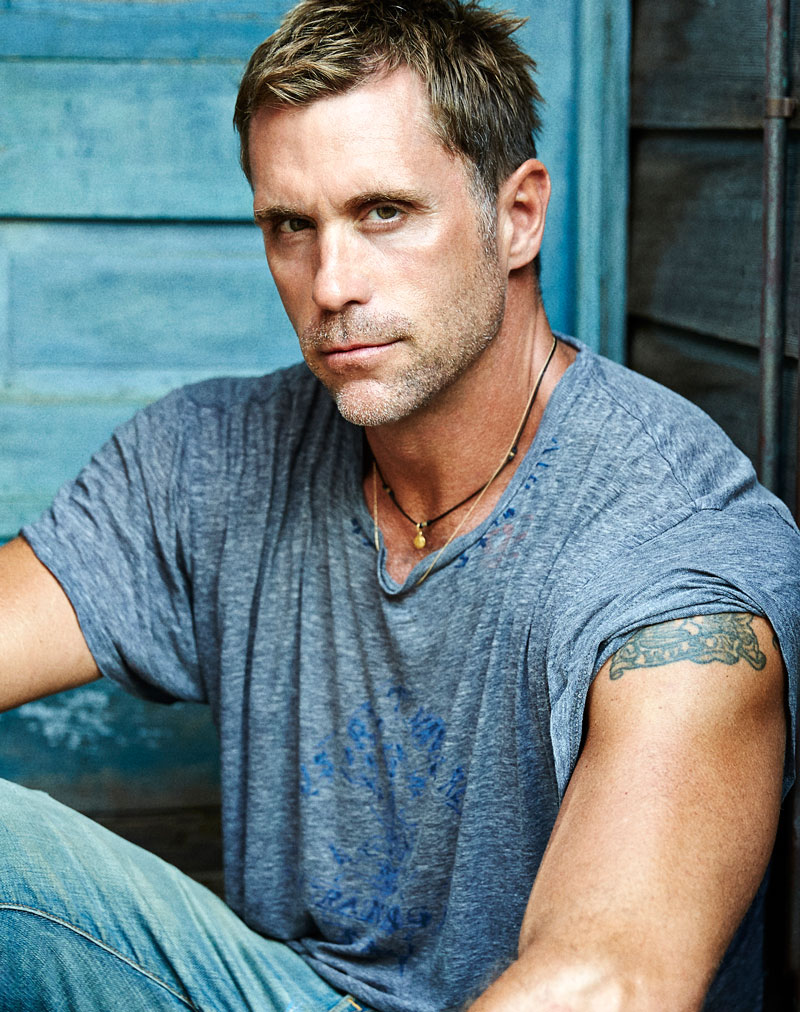
How do the dogs react to the camera during the shoots? How do you put them at ease?
Most of them come from unimaginable suffering. The wonderful thing is that they made it to the HSNY, which is a no-kill shelter. But the animals don’t know that. They’re in a strange place and they’re terrified. They have no idea why they’re there. Over the years we’ve perfected how to shoot them: We transform a tiny examination room into a photo studio, and the animals are brought up individually. I have a small speaker through which I play an eternal om, which is a chant, a pleasing calming sound. Everybody goes low to the ground, and no one looks at the animal. Once they realize you’re not a threat, then they start to relax.
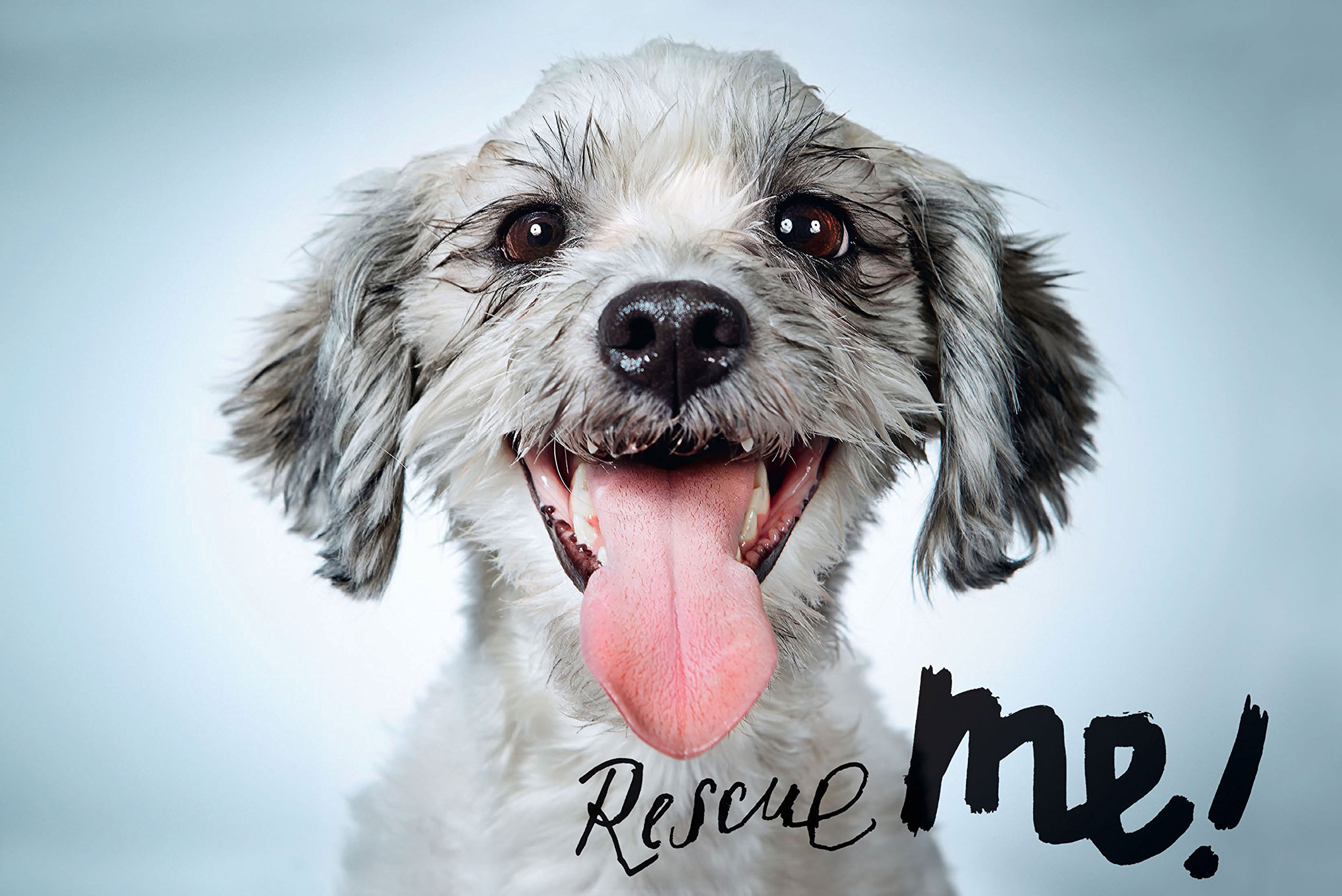
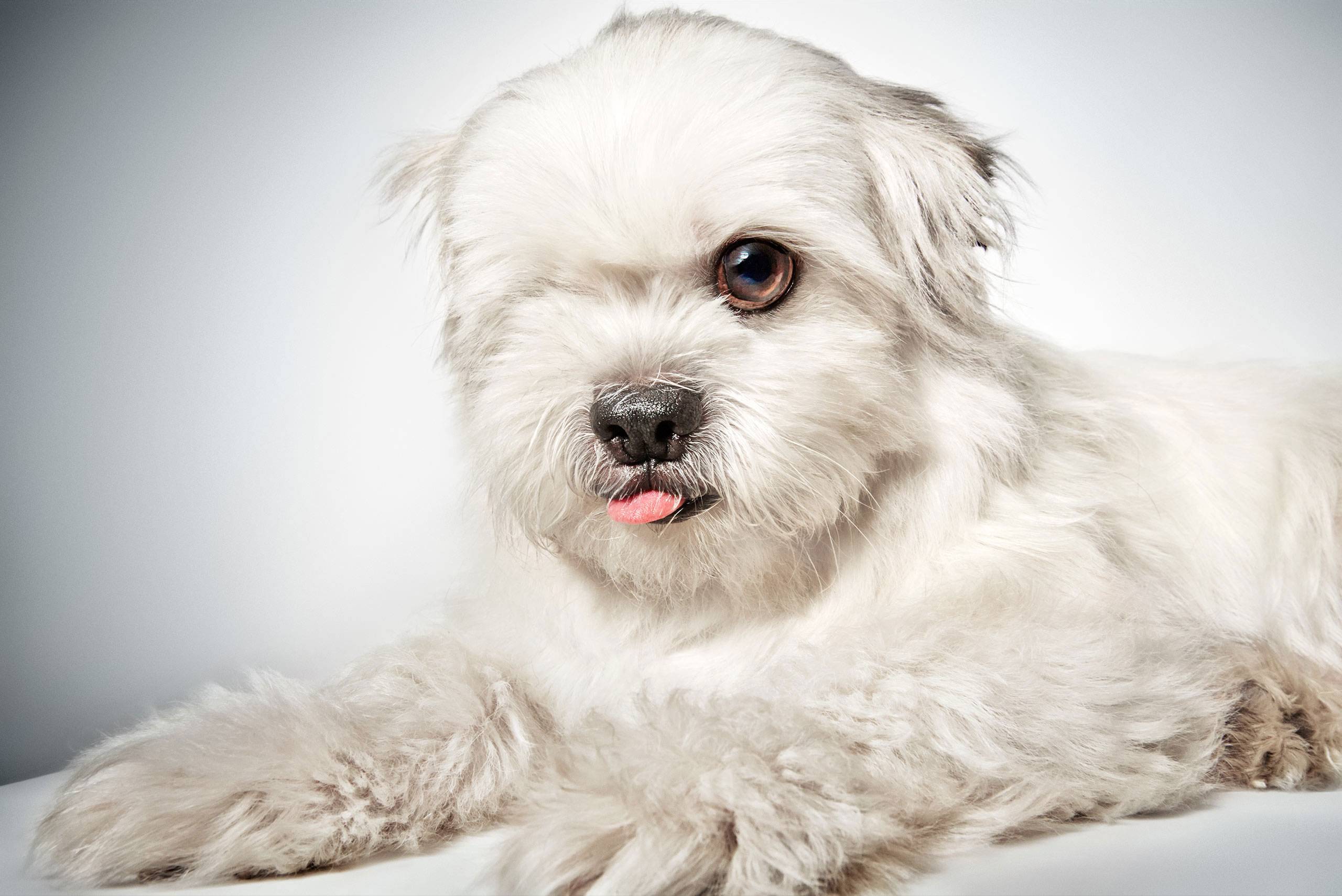
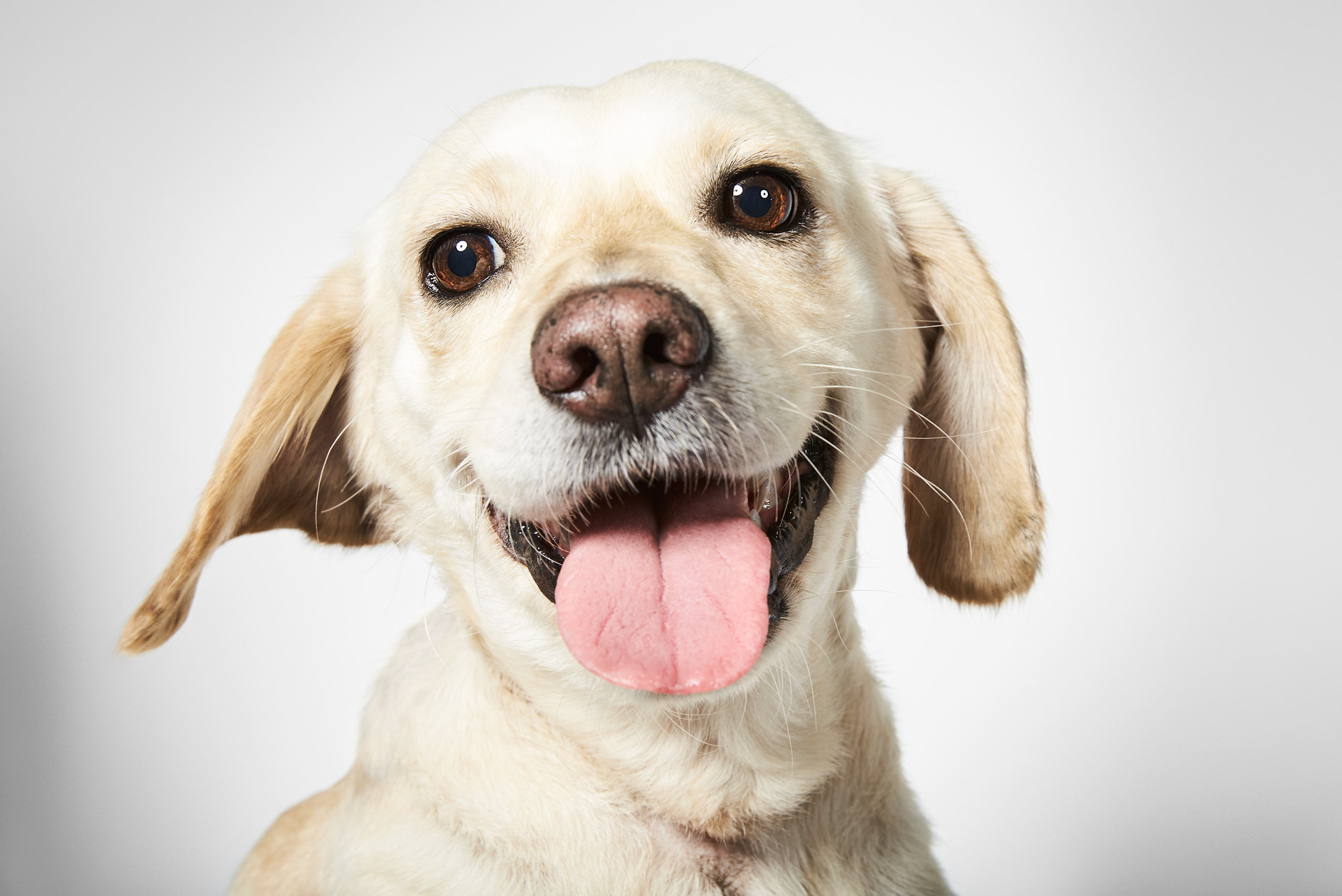
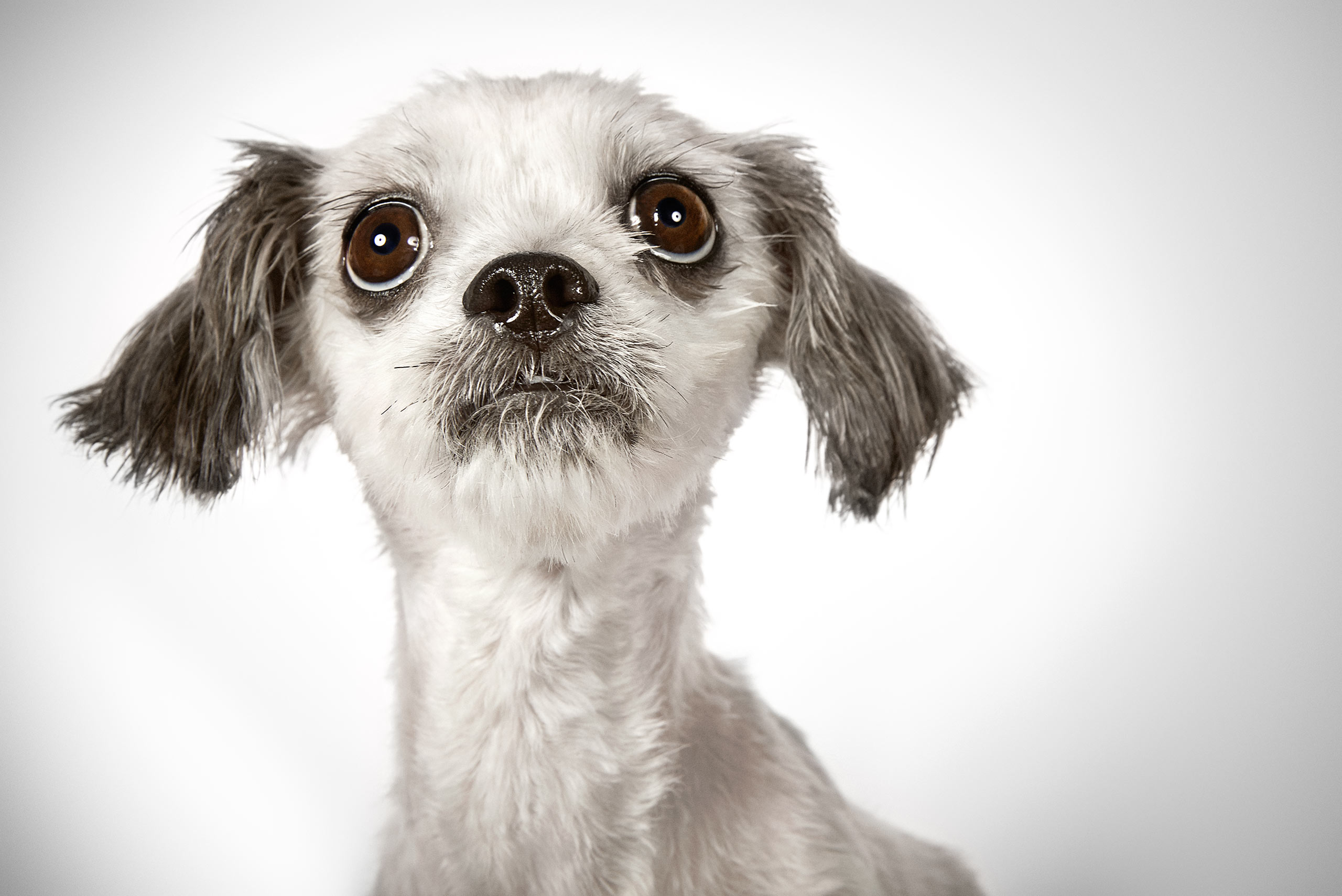
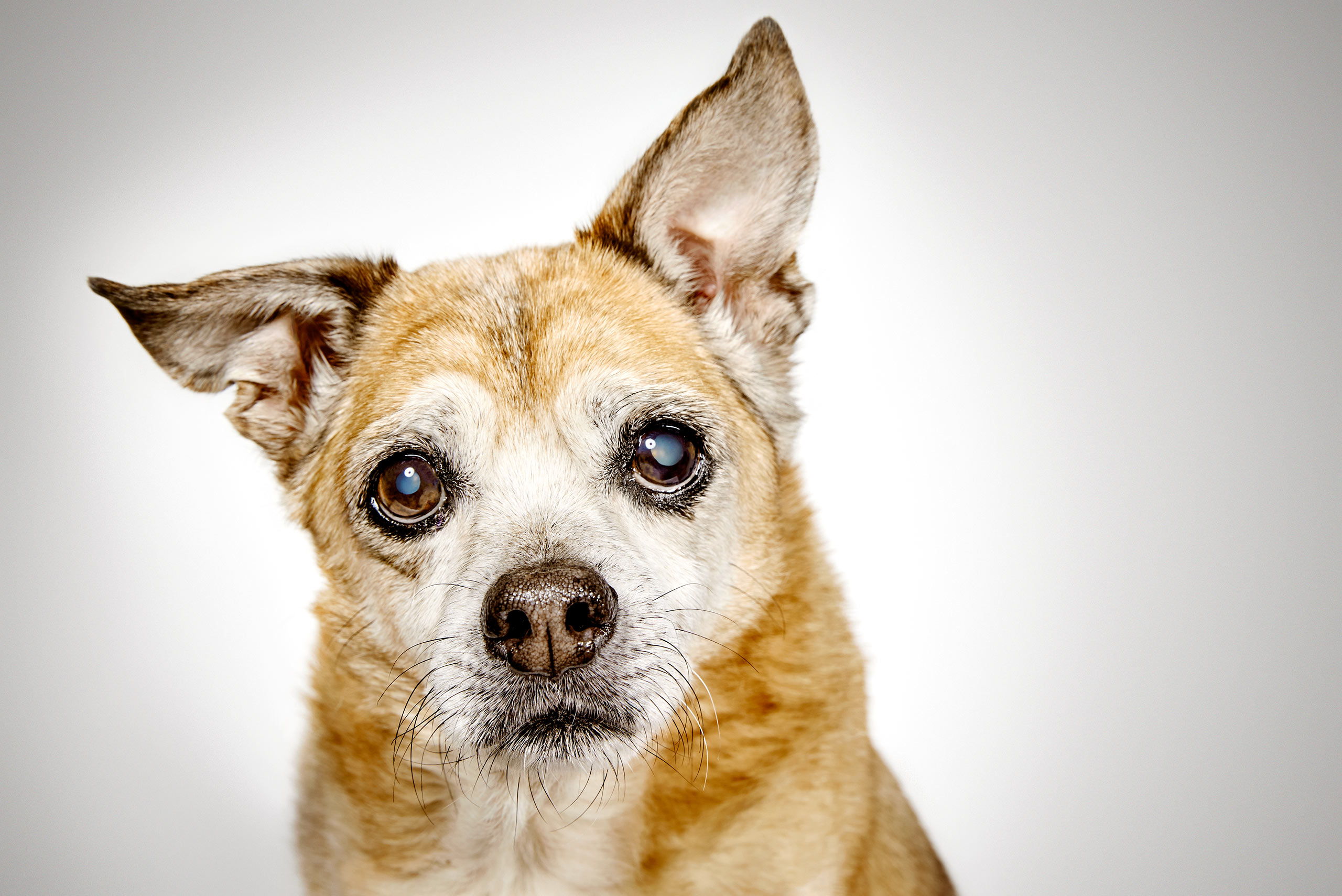
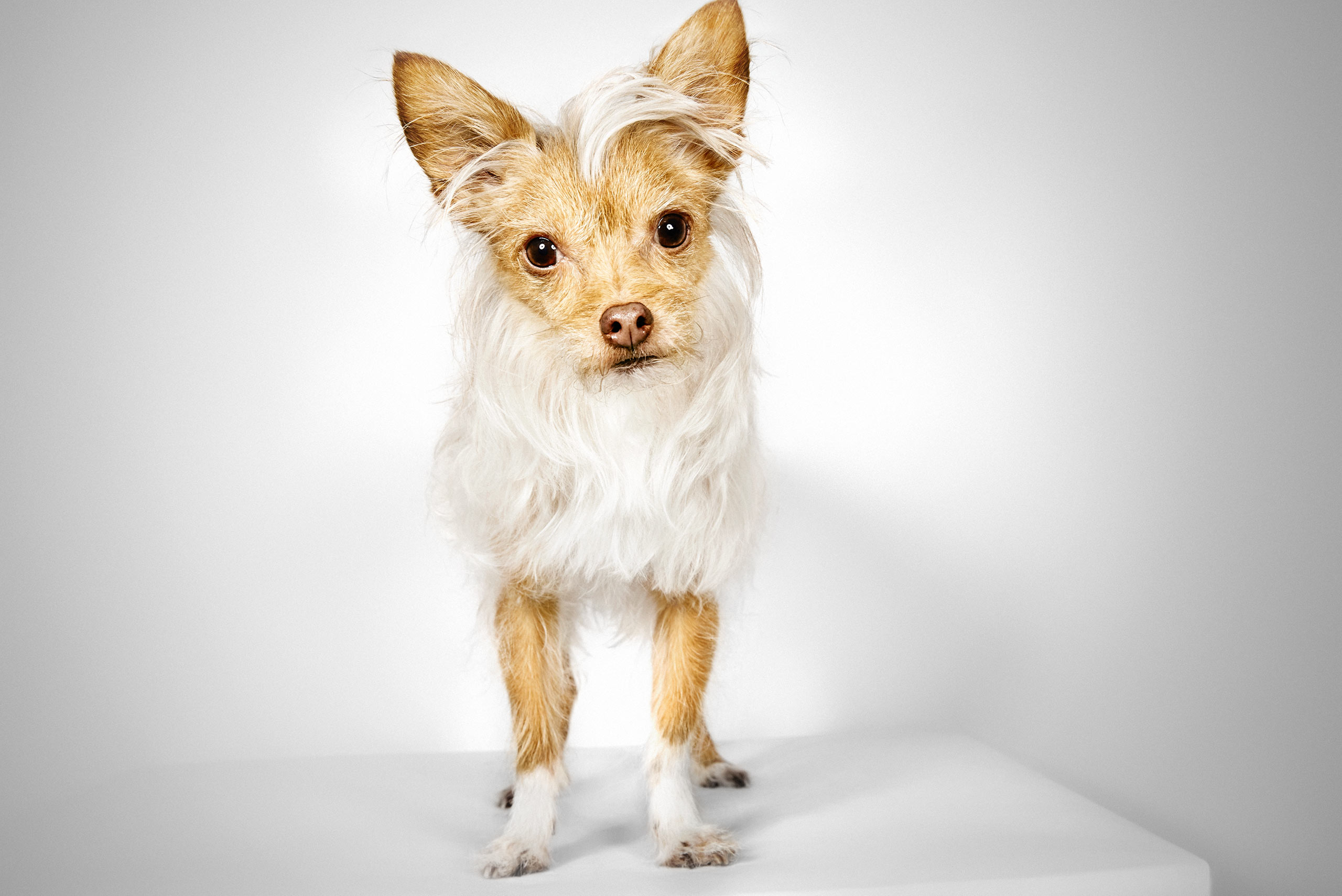
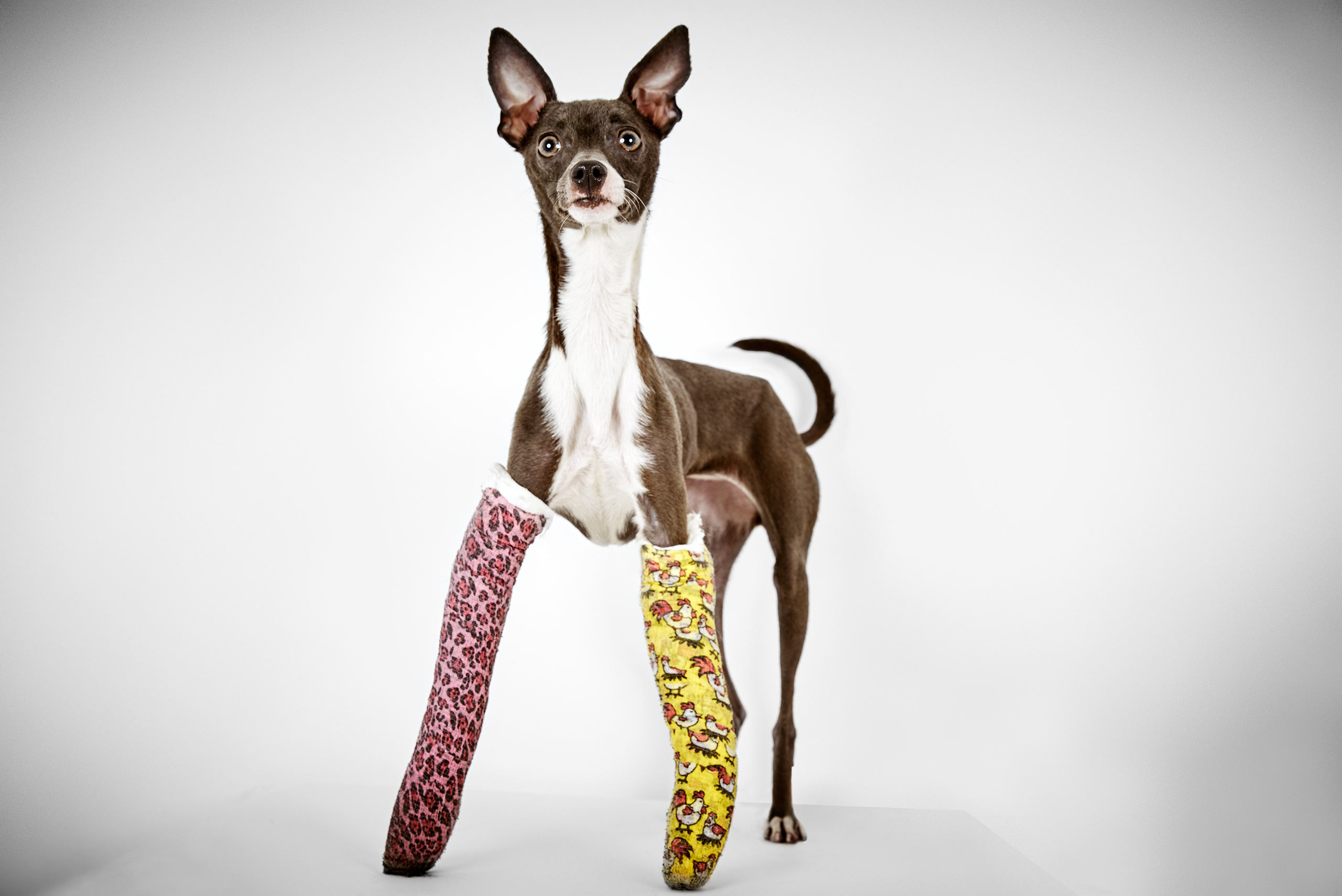
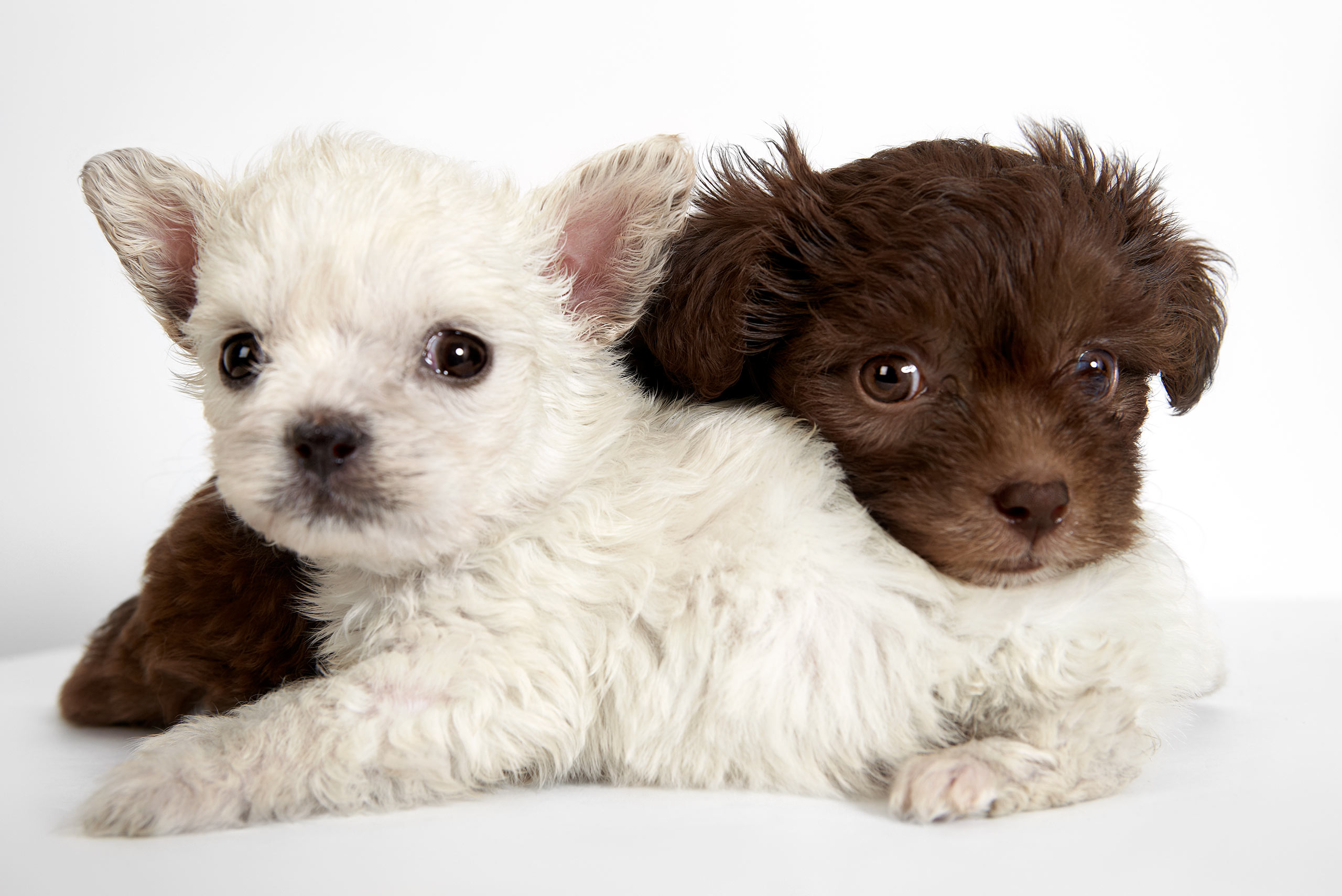
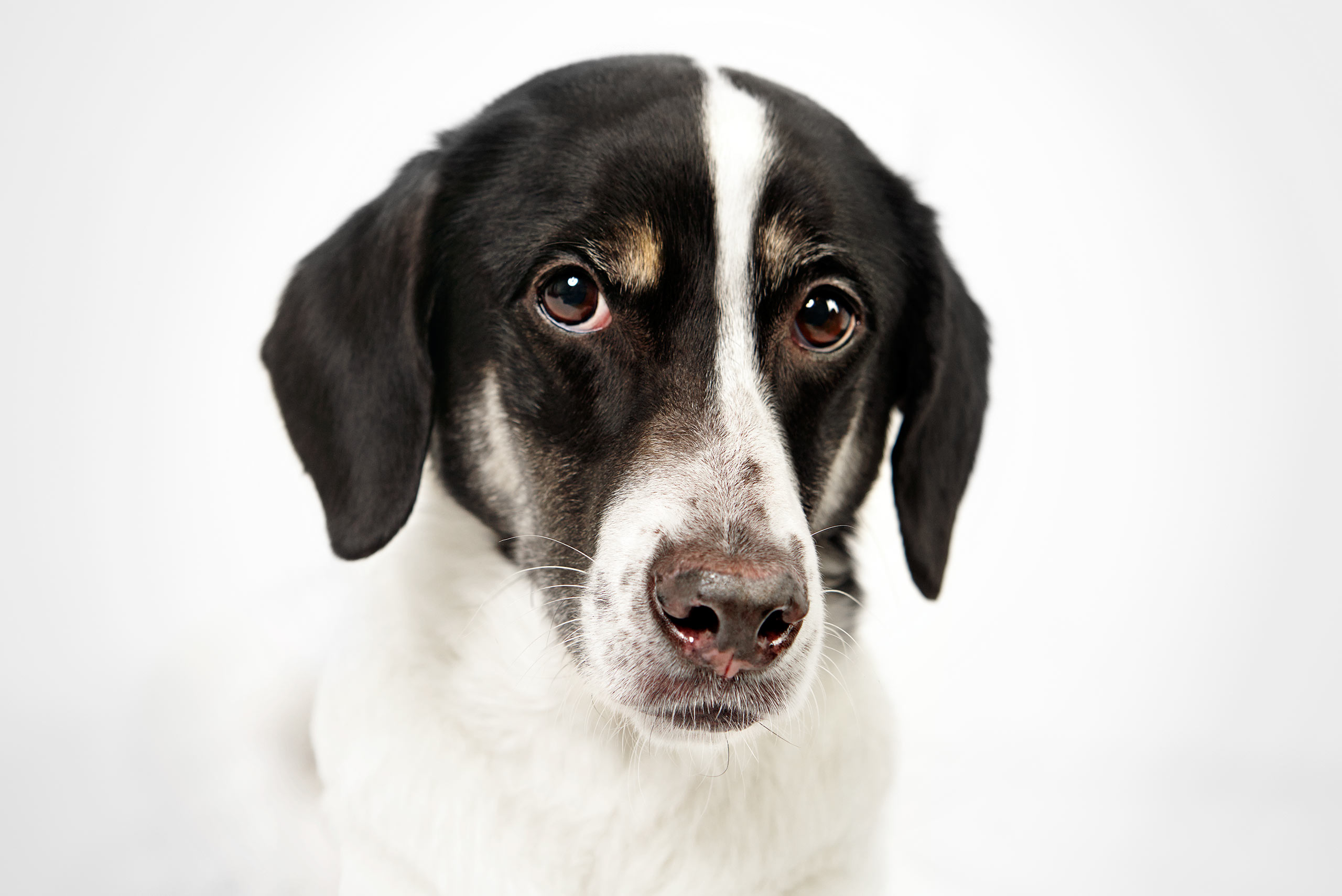
Of all of the animals you’ve photographed, is there one that stands out in your memory?
There are several that I will always remember, that your heart feels heavy for. This one guy, Little Lowell, had spent his whole life imprisoned in a hard plastic animal crate. When a policeman brought him into the shelter, they didn’t even know what kind of animal he was. He looked like a skeleton. His hair was so overgrown you couldn’t see his face, literally like a ghost. The executive director said it was one of the worst cases of abuse she’d ever seen. They were able to clean him and do medical tests, and they had to remove one of his eyes. They slowly rehabbed him back, and probably three months later they said he was ready to have his picture taken.
From an artist’s perspective, is your volunteer work with HSNY different from a typical paying job?
Whether I’m shooting an actor or a politician or an ad for Ralph Lauren, I’m always trying to get the essence of someone’s being, whether it’s a dog or a person. As an artist, the process is the same. But [my work with HSNY] brings me a lot of happiness and joy, and hopefully it’s opening people’s eyes to the idea that all living beings are of value. I’m blessed to have a career where I can take pictures and do what I love to do. But I’m always seeking meaning in things, and I believe these pictures have helped to end some suffering.
- Photographs courtesy of Richard Phibbs Studio




